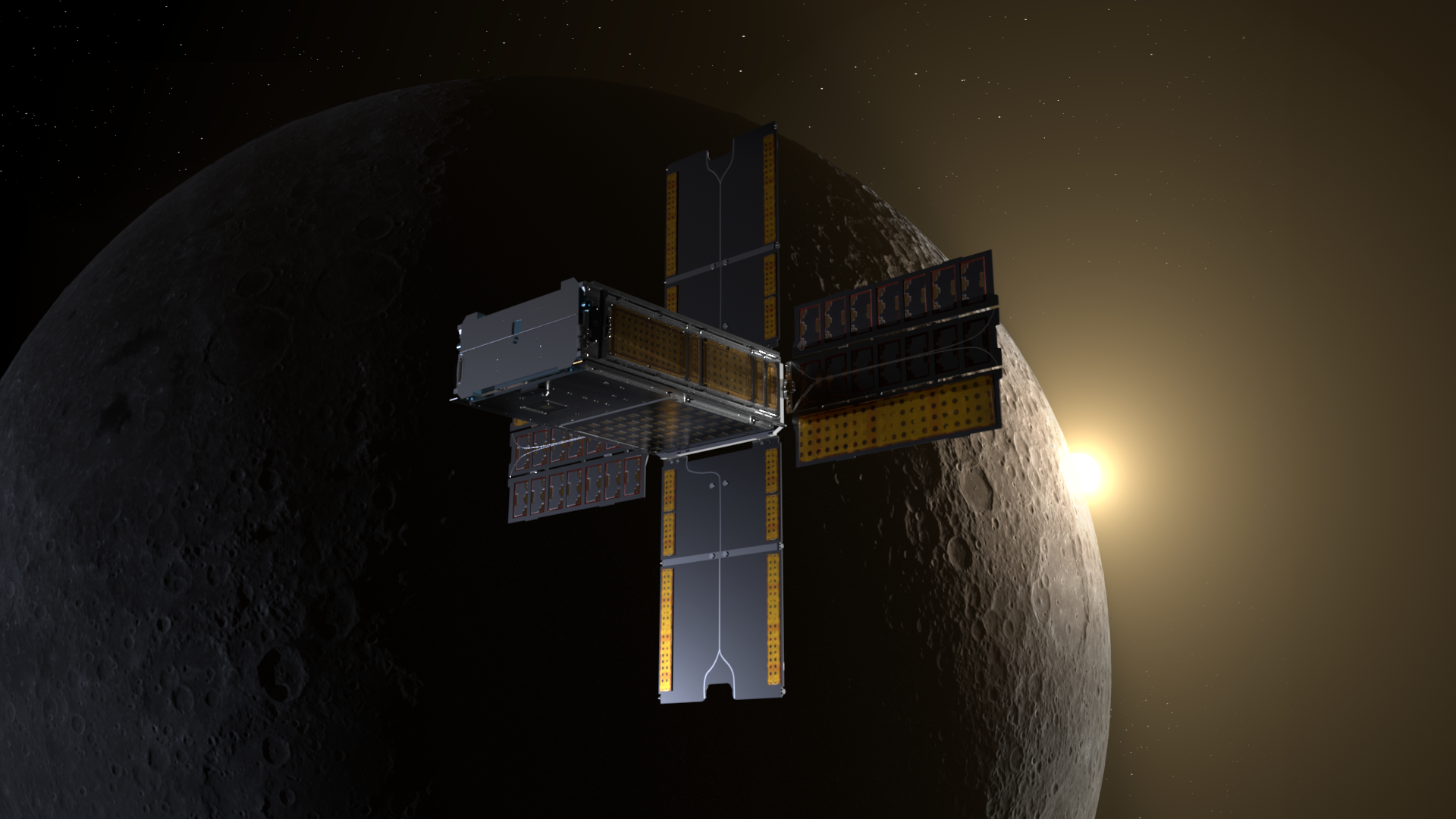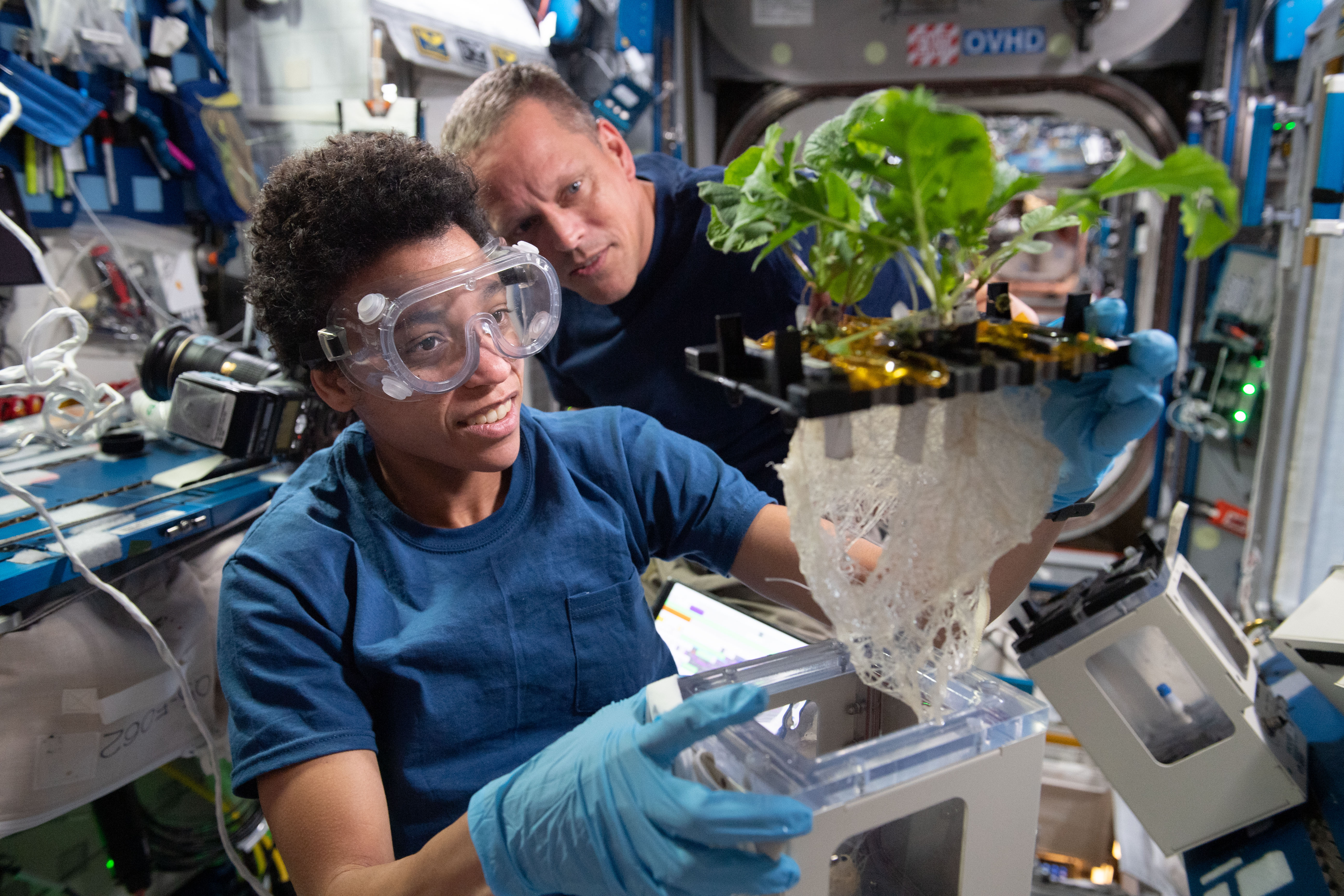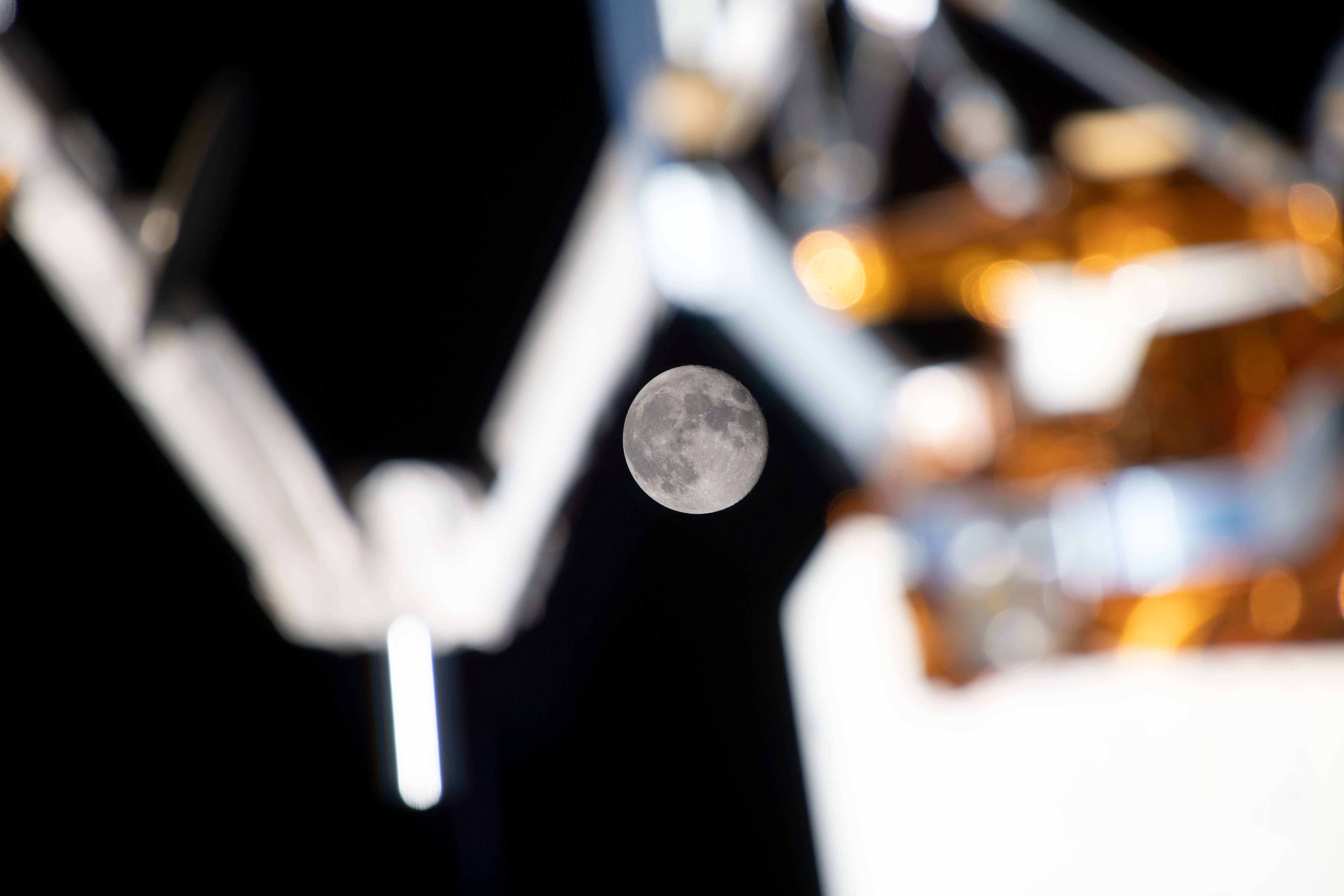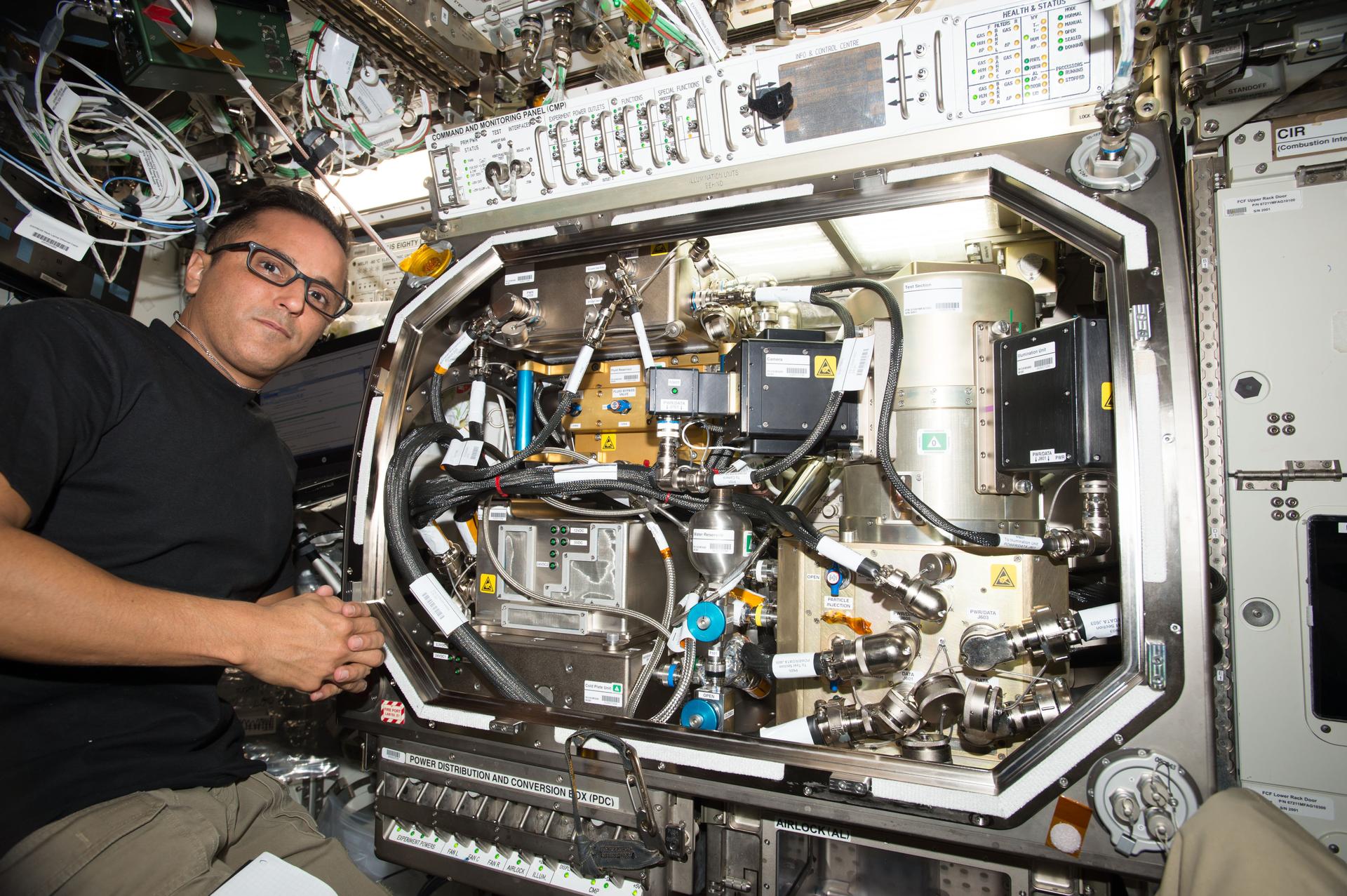Rodent Research Stories
Filters

NASA is working with commercial partners to create high-performing, reliable propulsion systems that will help small spacecraft safely maneuver in orbit, reach intended destinations across the solar system, and accomplish mission operations. Two new micropropulsion technologies are being tested in…

NASA astronaut Jonny Kim is wrapping up his first mission aboard the International Space Station in early December. During his stay, Kim conducted scientific experiments and technology demonstrations to benefit humanity on Earth and advance NASA’s Artemis campaign in preparation…

Editor’s Note: This article was updated Nov. 21, 2025 shortly after BioSentinel’s mission marked three years of operation in deep space. Astronauts live in a pretty extreme environment aboard the International Space Station. Orbiting about 250 miles above the Earth in…

November marks 25 years of human presence aboard the International Space Station, a testament to international collaboration and human ingenuity. Since the first crew arrived on Nov. 2, 2000, NASA and its partners have conducted thousands of research investigations and…

Curiosity and the desire to explore are traits deeply rooted in human nature. Space exploration is no exception; it reflects humanity’s timeless drive to seek new horizons, challenge our limits, and understand our universe. The advancements of modern civilization—from the…

Space missions rely on cryogenic fluids — extremely cold liquids like liquid hydrogen and oxygen — for both propulsion and life support systems. These fuels must be kept at ultra-low cryogenic temperatures to remain in liquid form; however, solar heating…

NASA and Northrop Grumman are preparing to send the company’s next cargo mission to the International Space Station, flying research to support Artemis missions to the Moon and human exploration of Mars and beyond, while improving life on Earth. SpaceX’s…

NASA and SpaceX are targeting no earlier than 2:45 a.m. EDT on Sunday, Aug. 24, for the next launch to deliver scientific investigations, supplies, and equipment to the International Space Station.

This November marks a quarter century of continuous human presence aboard the International Space Station, which has served as a springboard for developing a low Earth economy and NASA’s next great leaps in exploration, including human missions to the Moon…

Research traveling to the International Space Station aboard NASA’s SpaceX 33rd commercial resupply mission includes testing 3D bioprinting of an implantable medical device, observing behavior of engineered liver tissues, examining microgravity’s effects on bone-forming cells, and additional 3D printing of…























